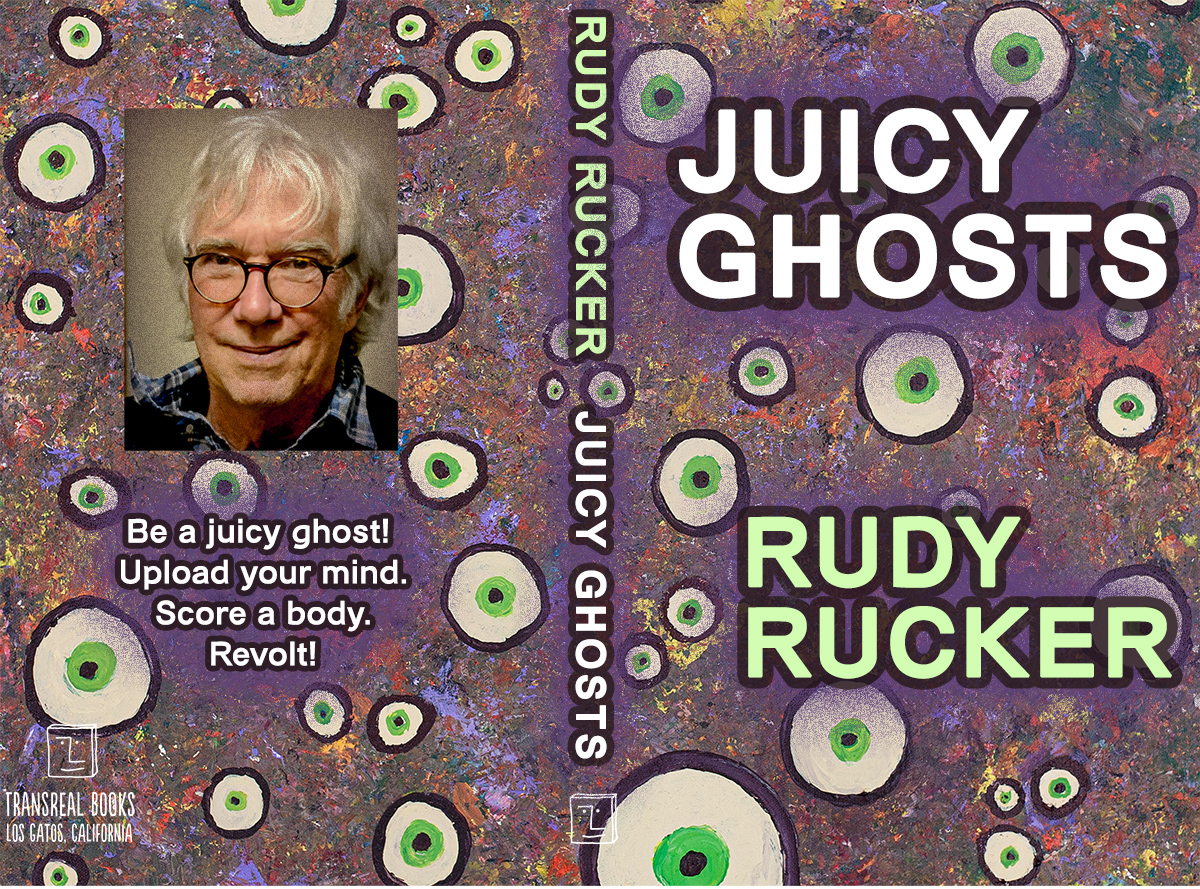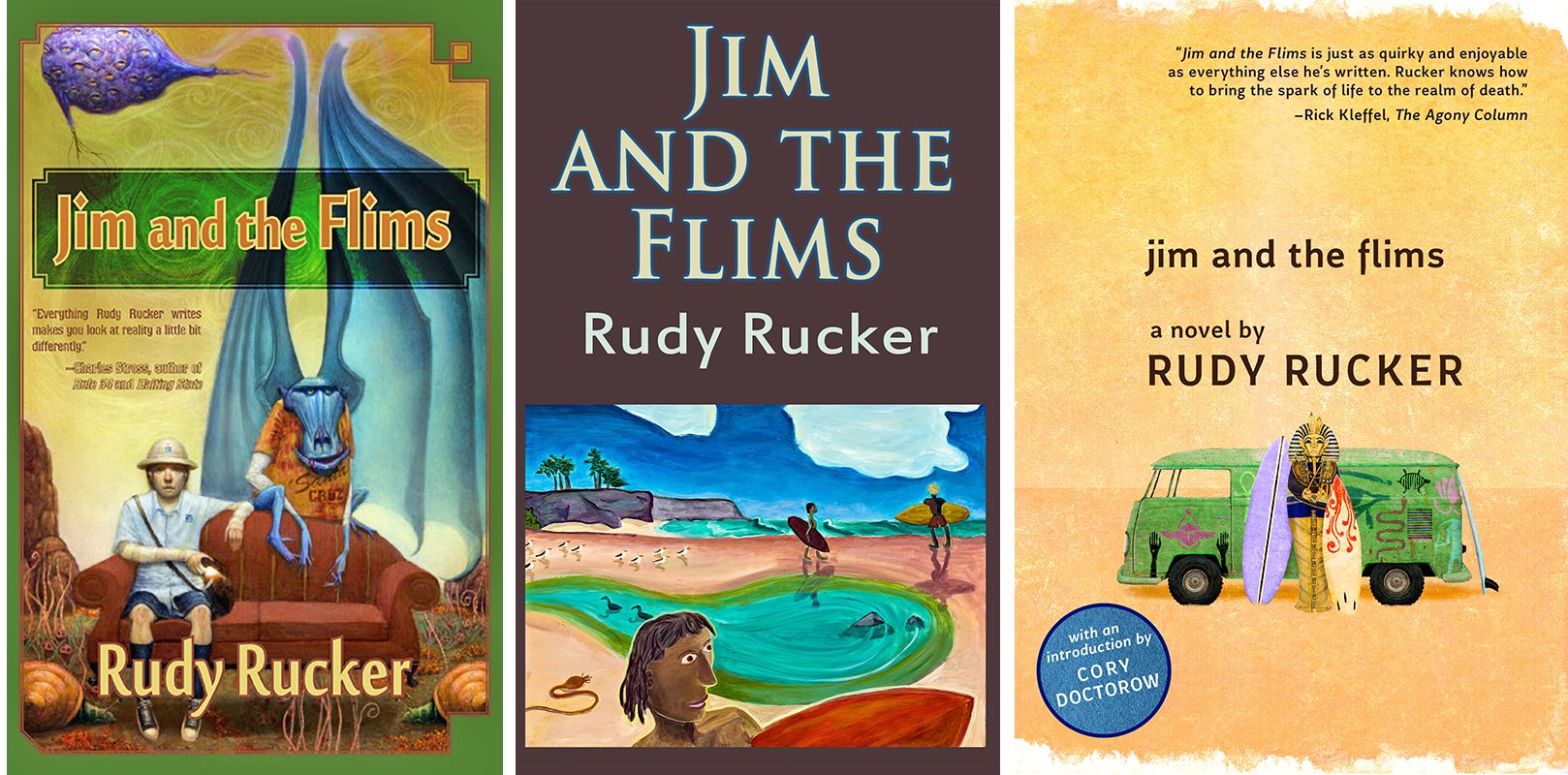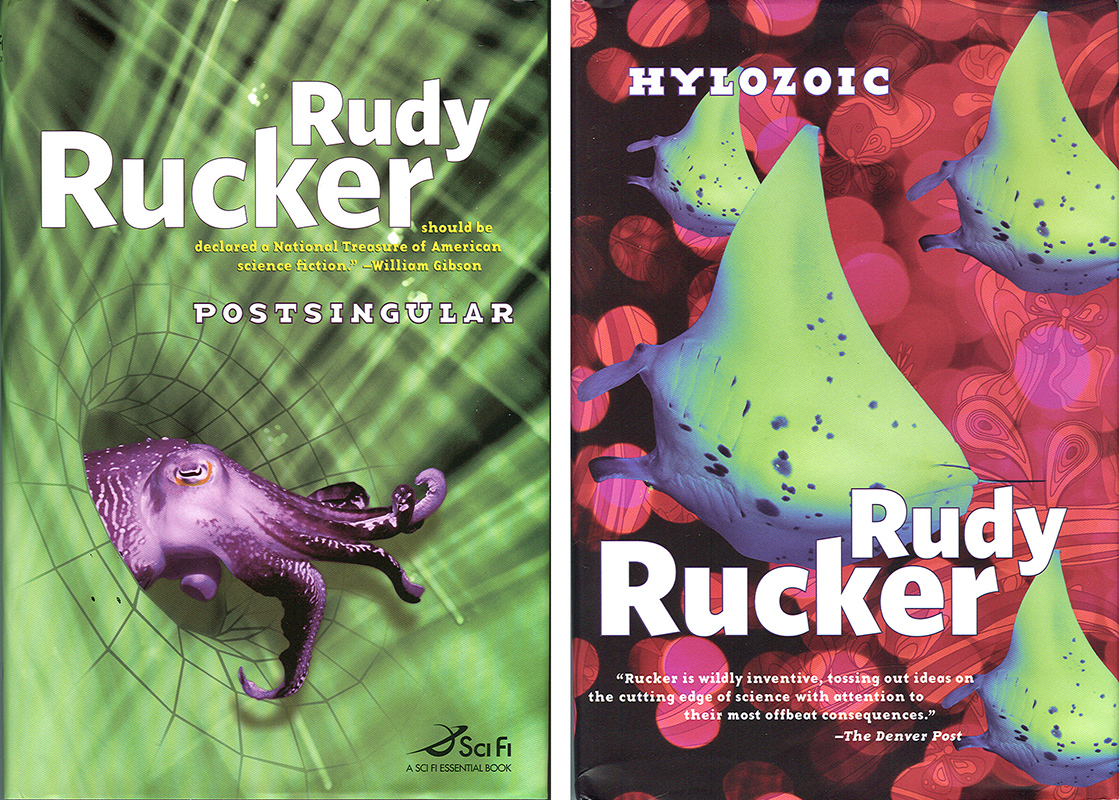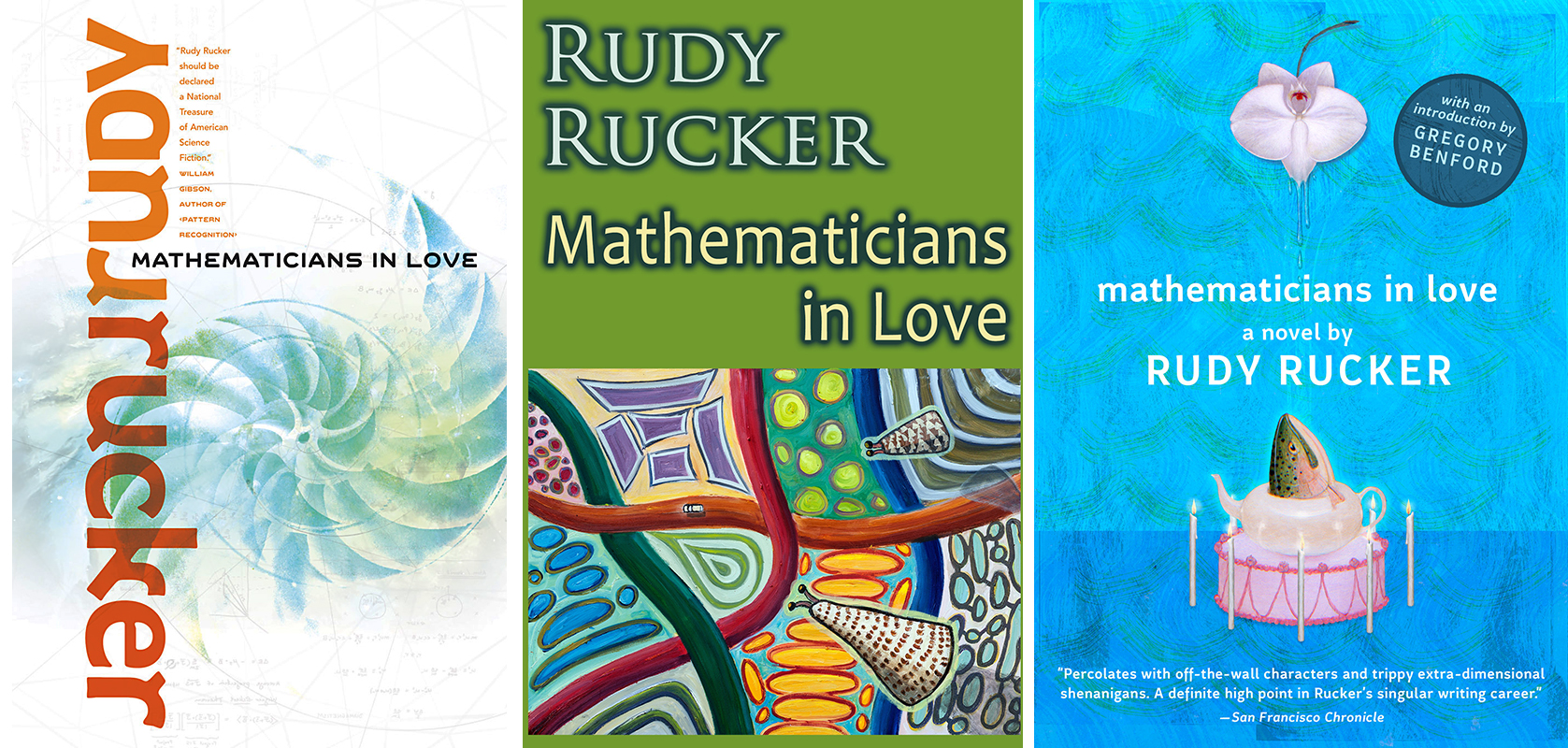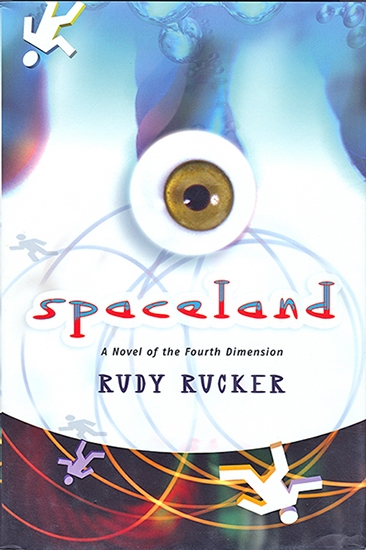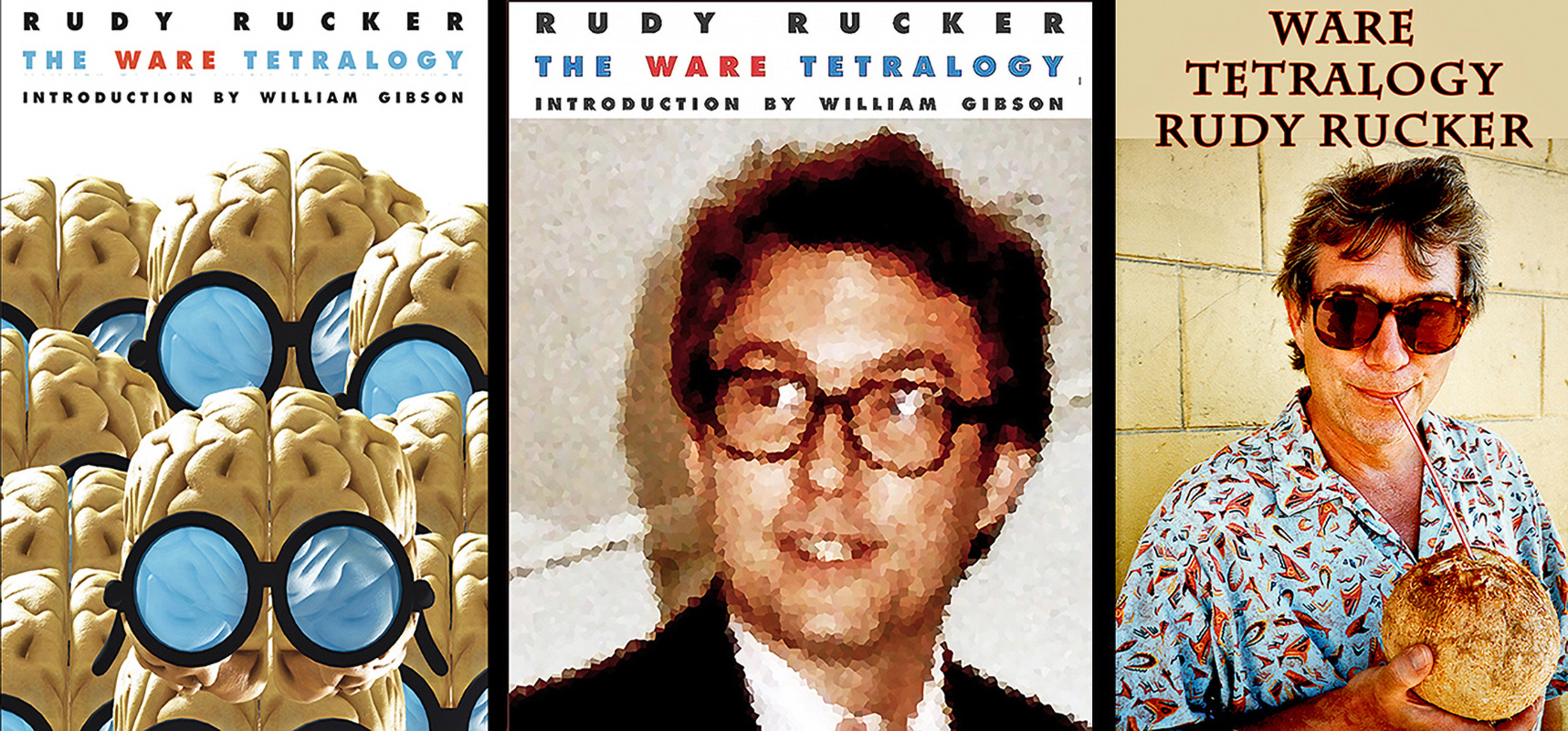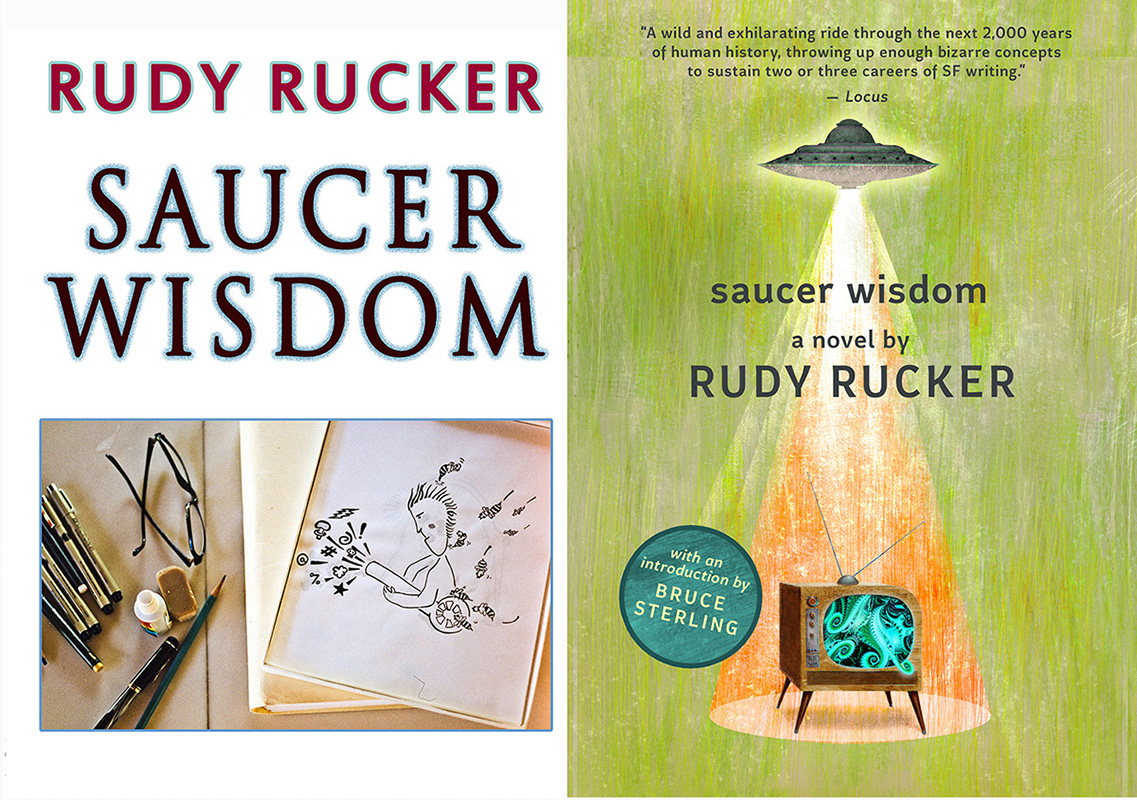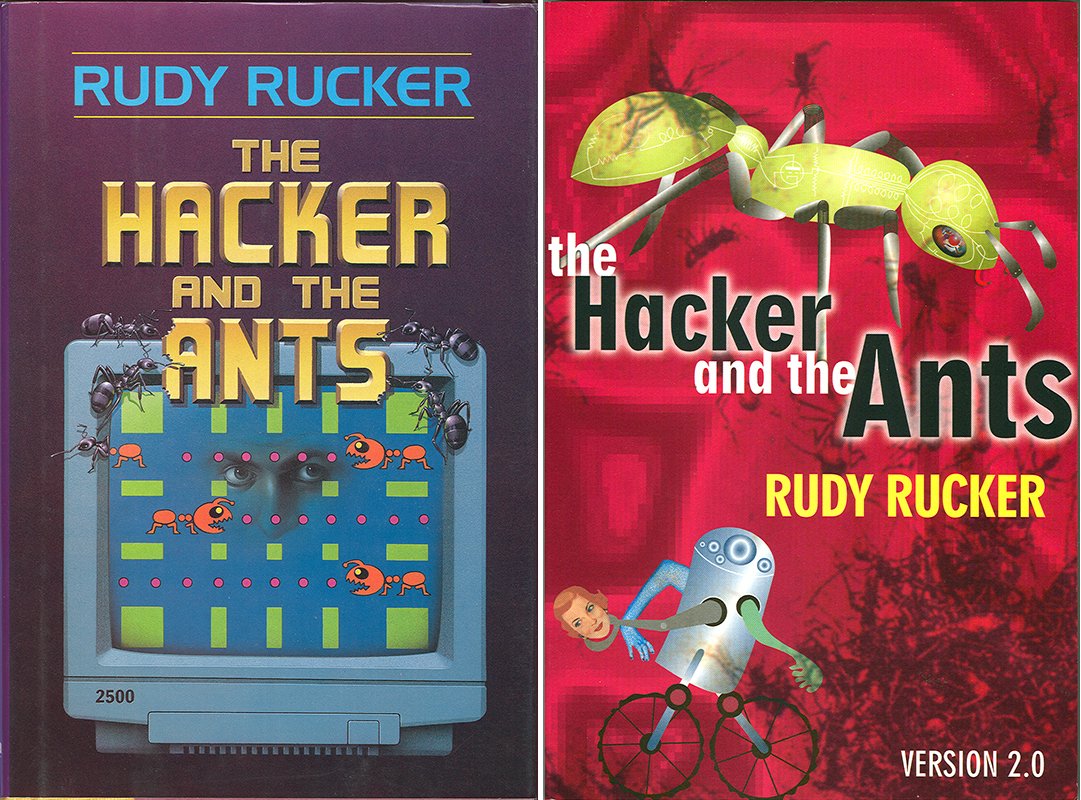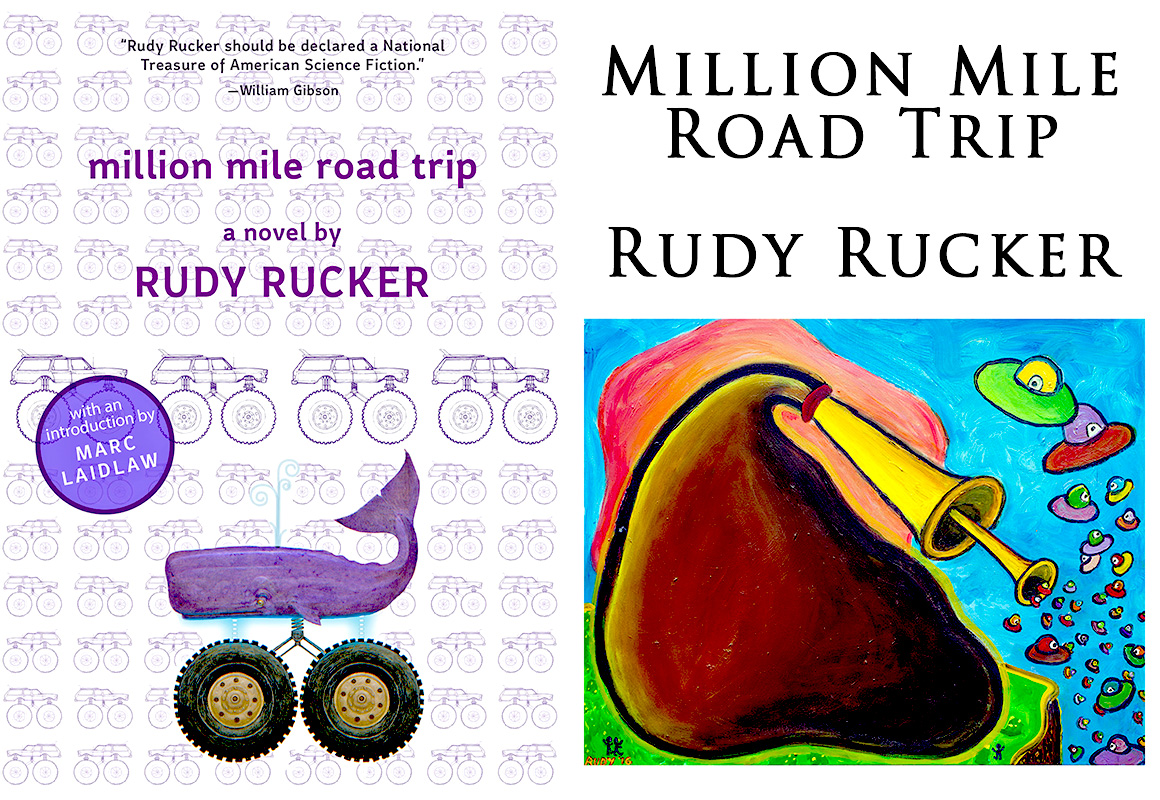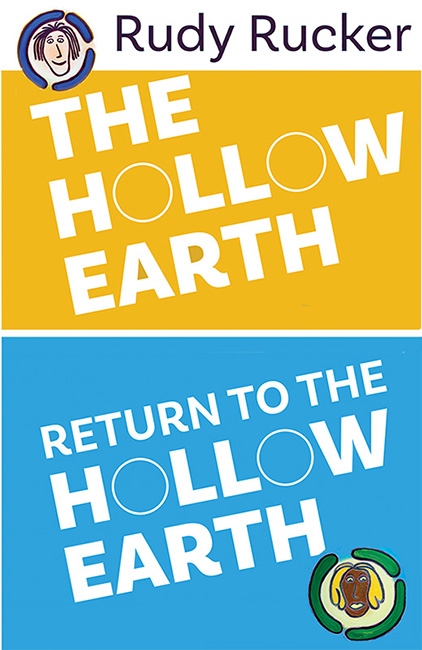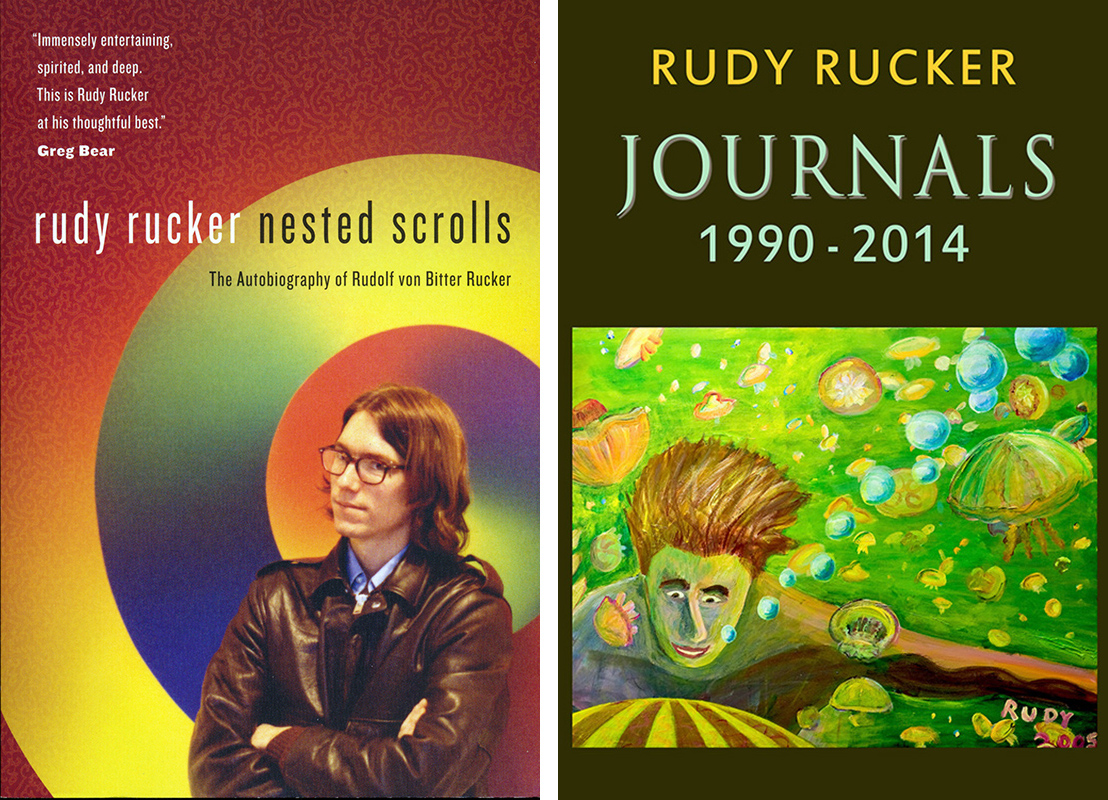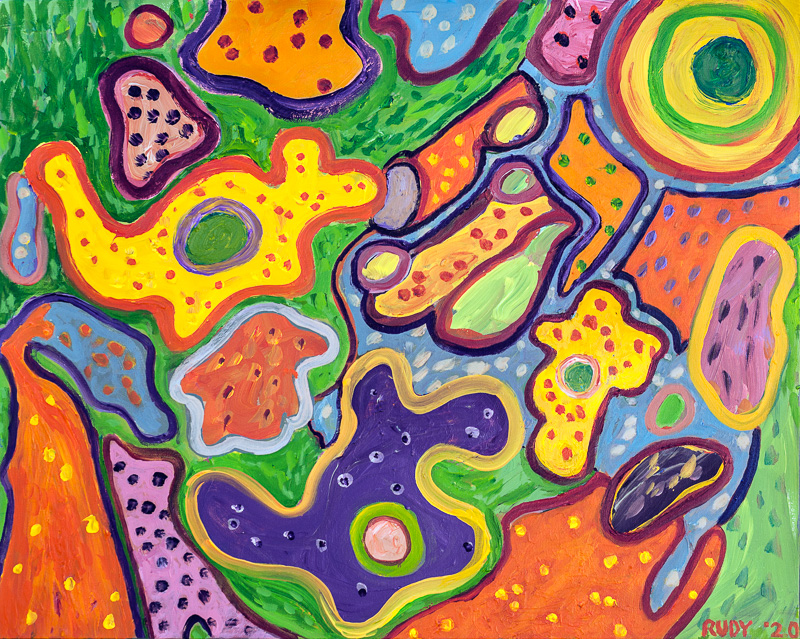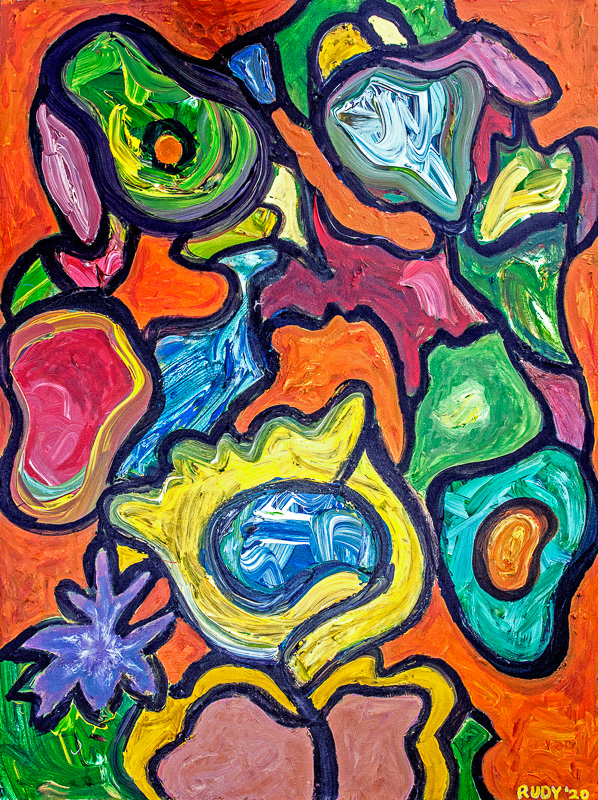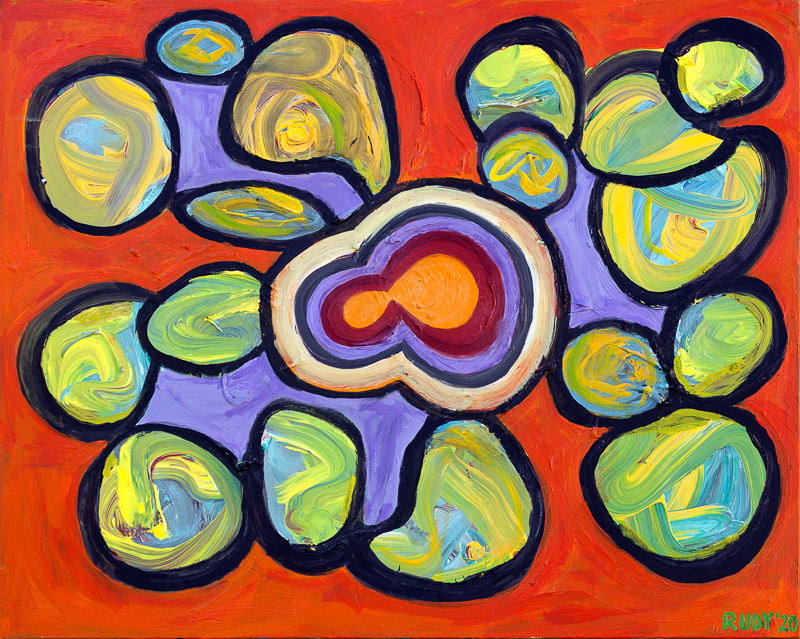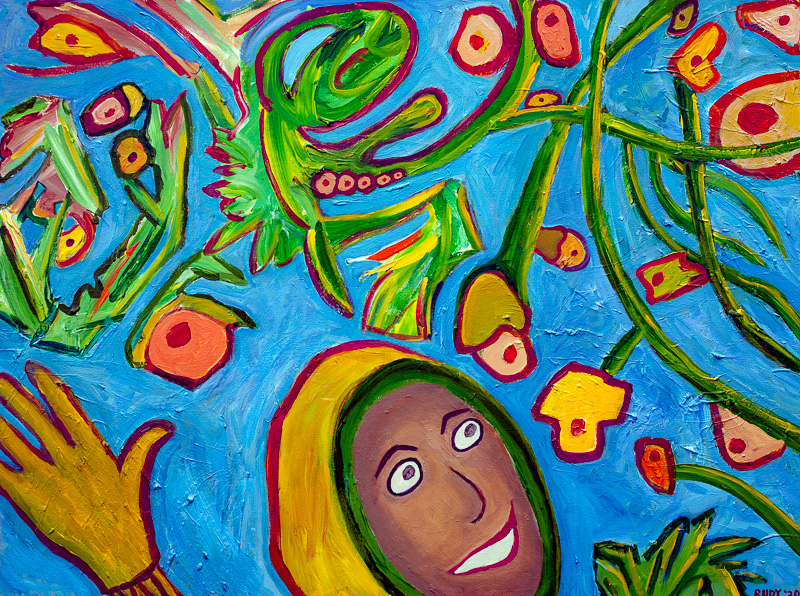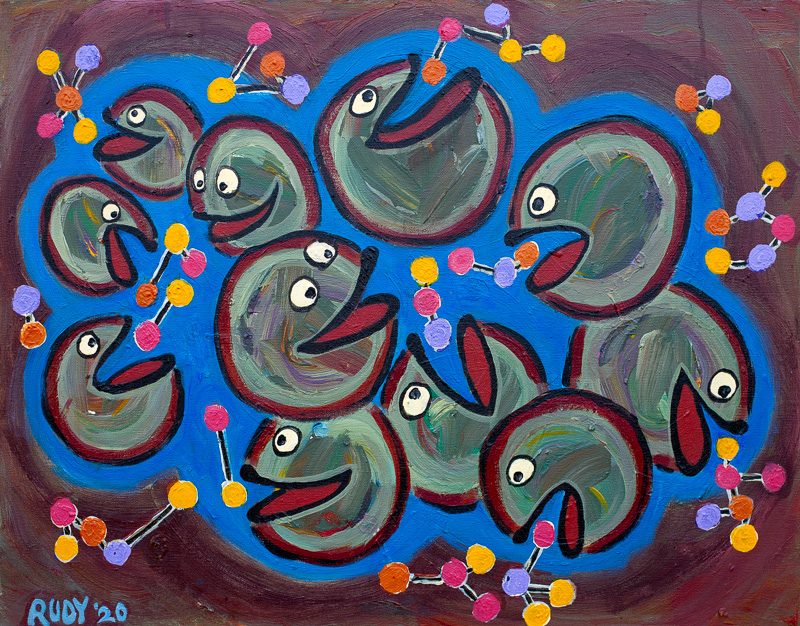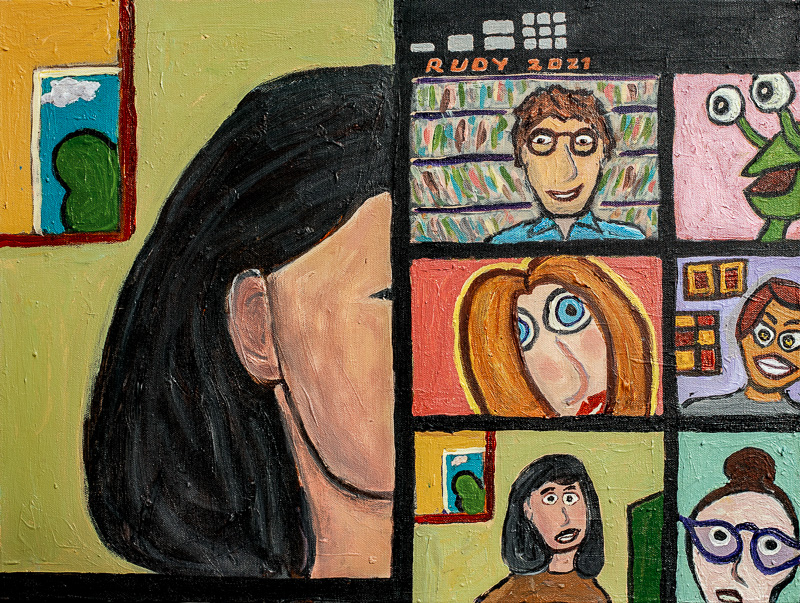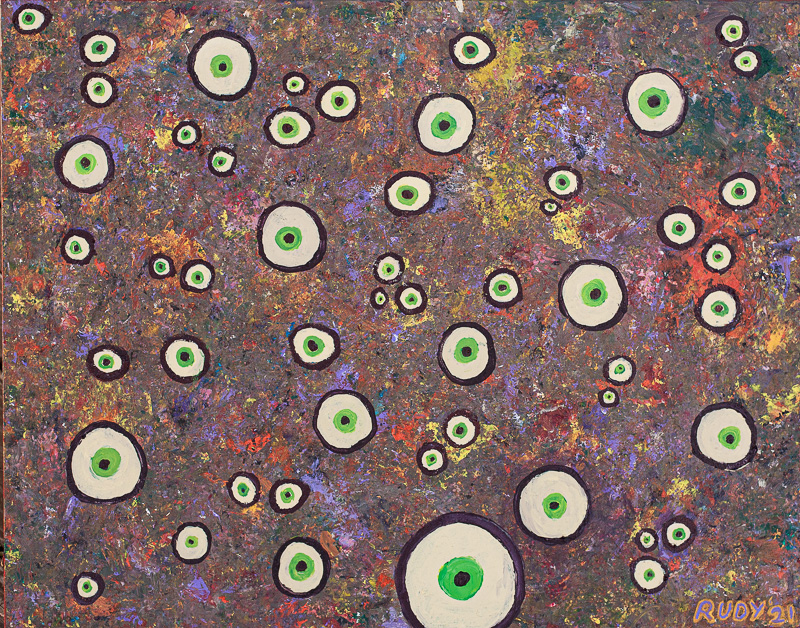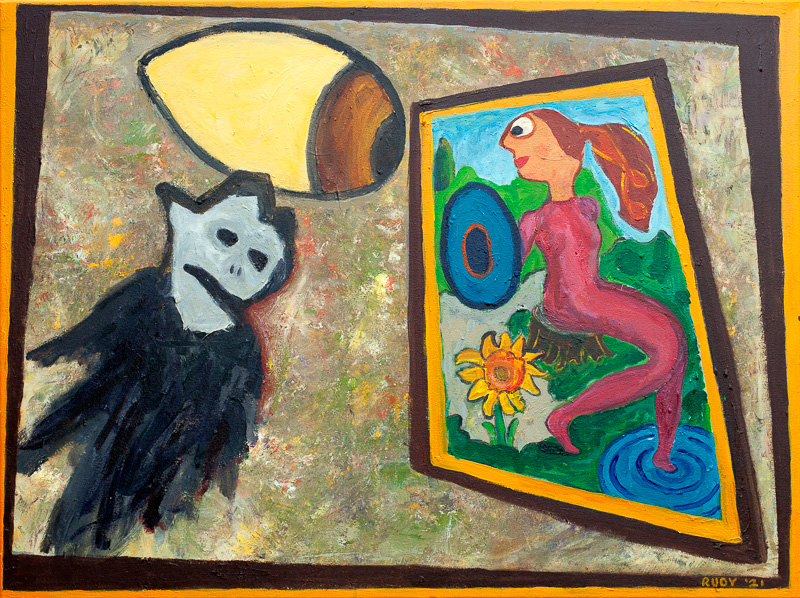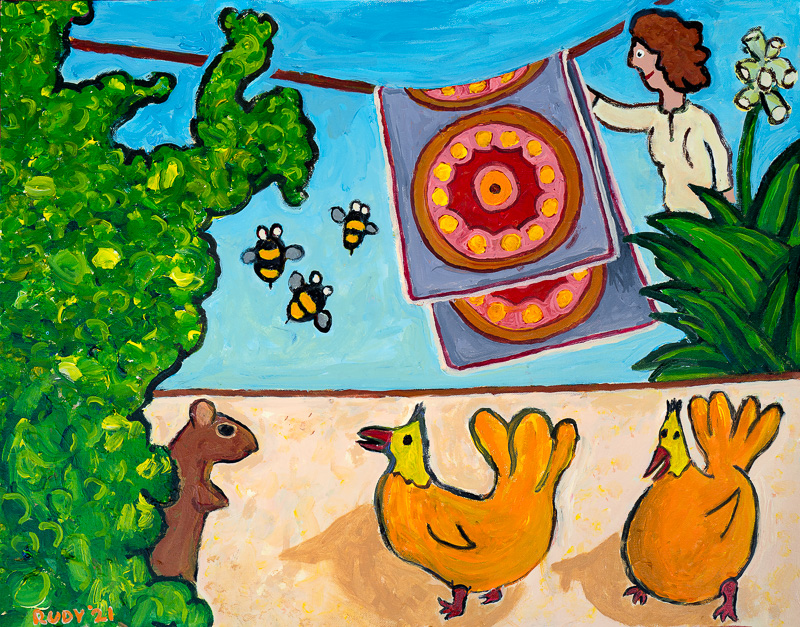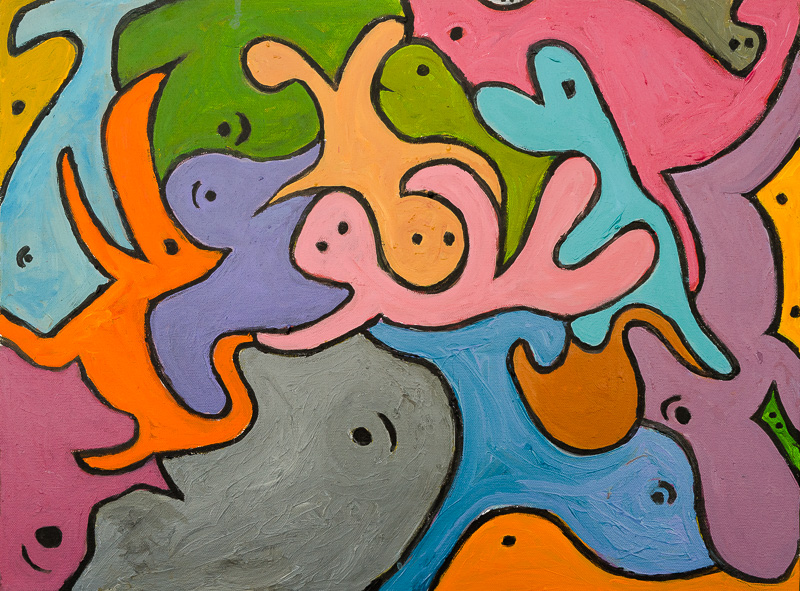Here’s one of my favorite scenes from my cyberpunk novel Freeware. You can read all four Wares novels online. Or just buy the ebook. This post is illustrated by various covers of the novels.
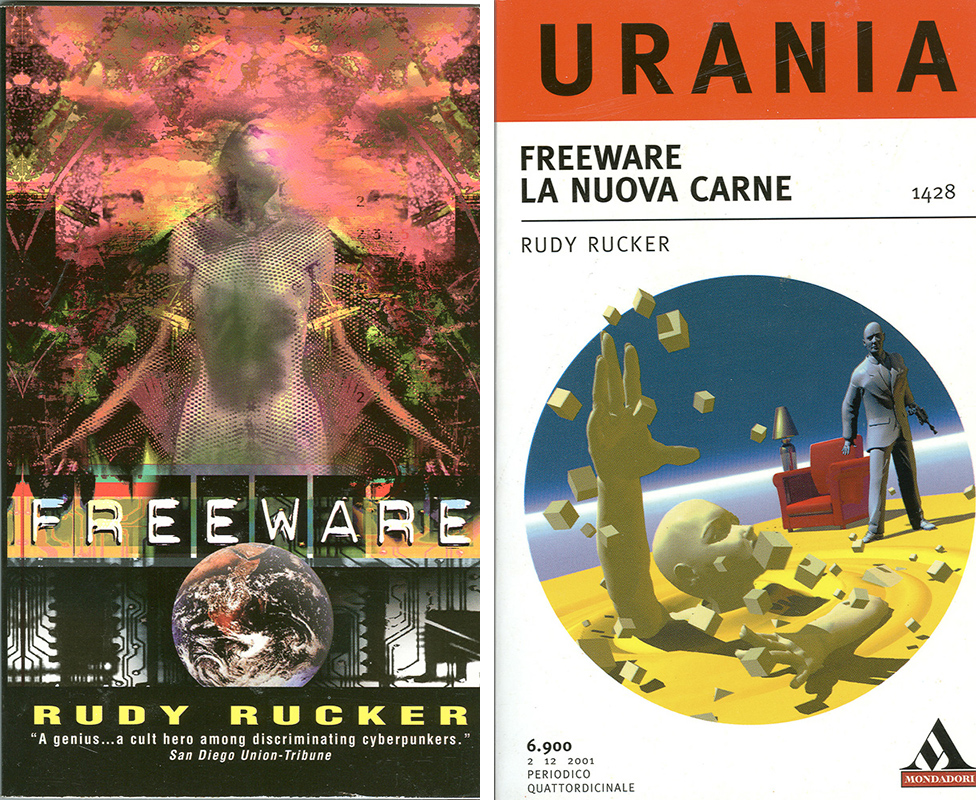
In this scene, my character Willy is running across a spaeeport field, wearing an imipolex “moldie” creature like a pair of pants and boots. Moldies are a mixture of imipolex plastic and network of fungus and mold. They’re as smart as we are. People wear them, and call them Happy Cloaks.
“If you’re going to be a long-term symbiote with me, I ought to have a name for you,” Willy says to the moldie.
“Call me Ulam,” said the Happy Cloak. “It’s an abbreviated form of a dead bopper’s name: Ulalume. Most of my imipolex used to be Ulalume’s flickercladding–Stahn had a couple of hoppers’ worth on his back. Ulalume was female, but I think of myself as a male. Be still while I move the plug-in, and then we can go.”
So here’s shirtless Willy under the star-spangled Florida sky with eighty pounds of moldie for his shoes and pants, scuffing across the cracked concrete of the JFK spaceport pad. The great concrete apron was broken up by a widely spaced grid of drainage ditches, and the spaceport buildings were dark. It occurred to Willy that he was very hungry.
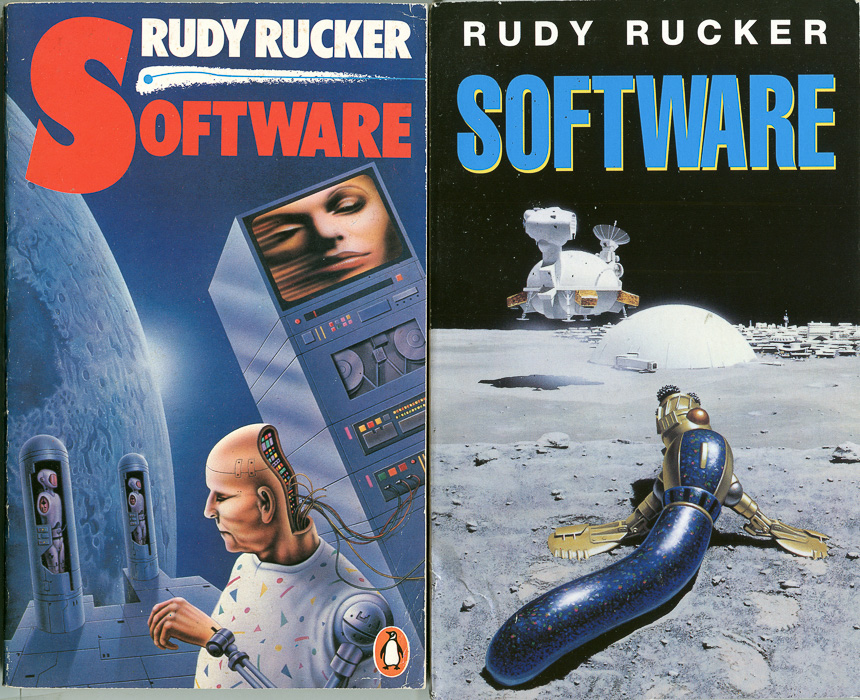
There was a roar and blaze in the sky above. The Selena was coming down. Close, too close. The nearest ditch was so far he wouldn’t make it in time, Willy thought, but once he started running, Ulam kicked in and superamplified his strides, cushioning on the landing and flexing on the takeoff s. They sprinted a quarter of a mile in under twenty seconds and threw themselves into the coolness of the ditch, lowering down into the funky brackish water. The juddering yellow flame of the great ship’s ion beams reflected off the ripples around them. A hot wind of noise blasted loud and louder; then all was still.
Ordinarily a fleet of trucks might have surrounded the Selena to unload her, but on this evening, the day after Spore Day, there were no vehicles that functioned. A small group of Gimmie officials walked out to the Selena and waited until its hatch was hand-winched open. Watching from his drainage ditch, Willy saw Stahn, Wendy, and the others being led away. He spotted the one who was probably Fern Beller, the tall willowy brunette who was doing all the talking.
“Looks like they left the Selena all alone,” Willy observed to his Happy Cloak.
“The Selena can act by herself if need be,” said Ulam. “Fear not.”
“I’m really hungry,” said Willy. “Let’s go into town and find some food.” As they walked the rest of the way across the spaceport field, they encountered a crowd of aggrieved Florida locals, many of them senior citizens.
“Y’all come from that ship?” demanded a lean man. His voice was tight and high.
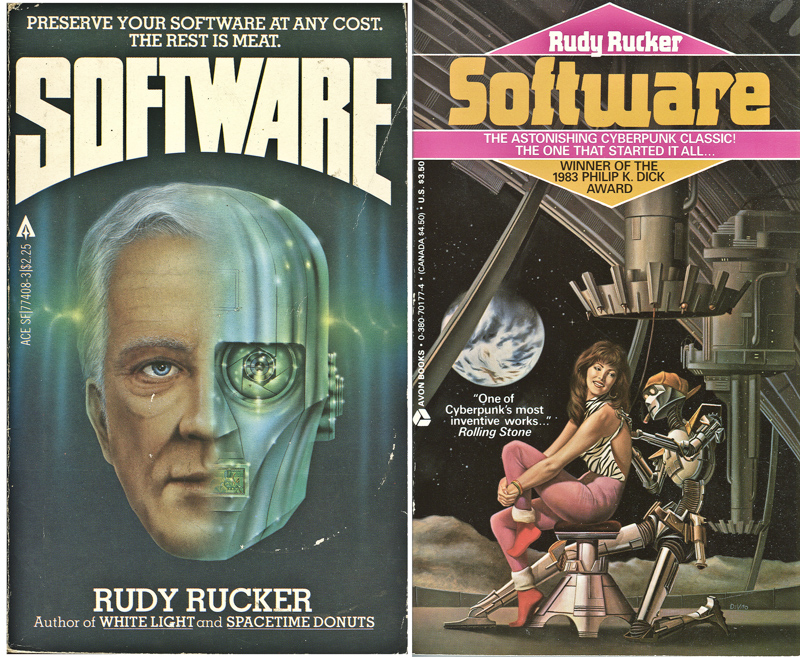
“No no,” said Willy. “I work for the spaceport.”
“What the Sam Hill kinda pants do he got on?” demanded a woman.
“These are fireproof overalls,” said Willy. “I wear them in case there’s an explosion.”
“You stick around, vato, you’ll see somethin’ explode, all right,” said the lean man. “We gone wail on that ship, es verdad. Their loonie chipmold broke our machines forever.”
“You ain’t a-hankerin’ to try and stop us, is you?” rumbled a new voice from the crowd. ” ‘Cause effen you is, I’m gone have to take you out.”
“Oh no, no indeed,” said Willy. “I’m going on break for supper. In fact, I didn’t even see you.”
“Food’s free tonight,” whooped a white cracker woman. “Especially if you packin’ heat! Let’s see who can hit the ship from here!” There was a fusillade of gunshots and needler blasts, and then the mob surged toward the Selena, blazing away at the ship as they advanced.
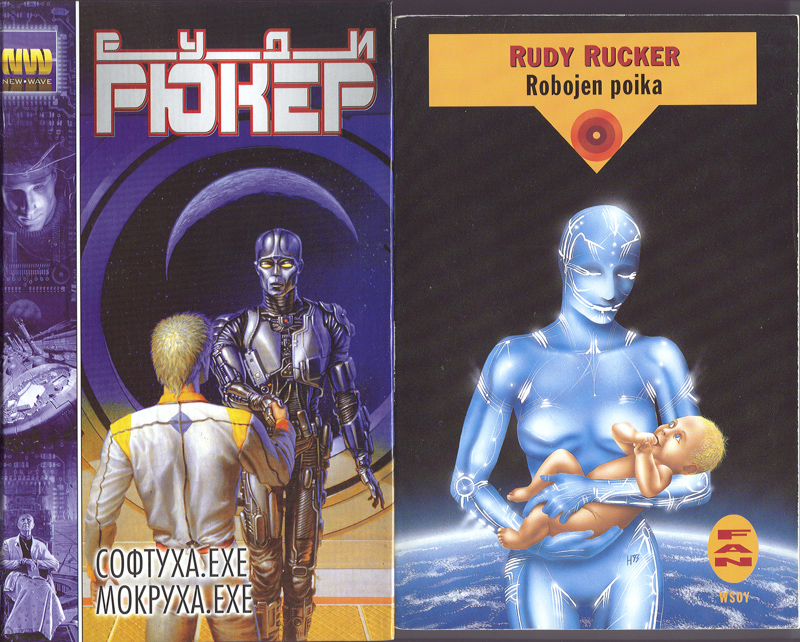
Their bullets pinged off the titaniplast hull like pebbles off galvanized steel; the needlers’ laser rays kicked up harmless glow spots of zzzt. The Selena shifted uneasily on her hydraulic tripod legs.
“Her hold bears a rich cargo of moldie flesh,” said Ulam’s calm eldritch voice in Willy’s head. “Ten metric tons of chip-mold-infected imipolex, surely to be worth a king’s ransom once this substance’s virtues become known. This cargo is why Fern flew the Selena here for ISDN. I tell you, the flesher rabble attacks the Selena at their own peril. Although the imipolex is highly flammable, it has a low-grade default intelligence and will not hesitate to punish those who would harm it.”
When the first people tried to climb aboard the Selena, the ship unexpectedly rose up on her telescoping tripod legs and lumbered away. As the ship slowly lurched along, great gouts of imipolex streamed out of hatches in her bottom. The Selena looked like a defecating animal, like a threatened ungainly beast voiding its bowels in flight–like a frightened penguin leaving a splatter trail of krilly shit. Except that the Selena’s shit was dividing itself up into big slugs that were crawling away toward the mangroves and ditches as fast as they could hump, which was plenty fast.
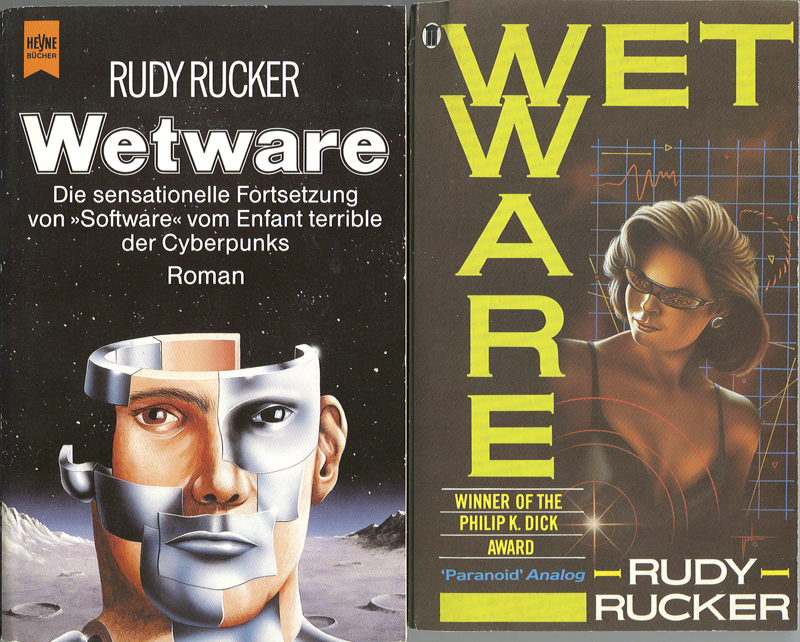
Of course, someone in the mob quickly figured out that you could burn the imipolex shit slugs, and a lot of the slugs started going up in crazy flames and oily, unbelievably foul-smelling smoke. The smoke had a strange disorienting effect; as soon as Willy caught a whiff of it, his ears started buzzing and the objects around him took on a jellied peyote solidity.
The burning slugs turned on their tormentors, engulfing them like psychedelic kamikaze napalm. There was great screaming from the victims, screams that were weirdly, hideously ecstatic. And then the mob’s few survivors had fled, and the rest of the slugs had wormed off into the flickering night. Willy and Ulam split the scene as well.
Beyond the light of the flames and past the pitch-black spaceport, all the roads and buildings were dark. There was, in fact, no glow anywhere on the horizon. The power grid was dead.
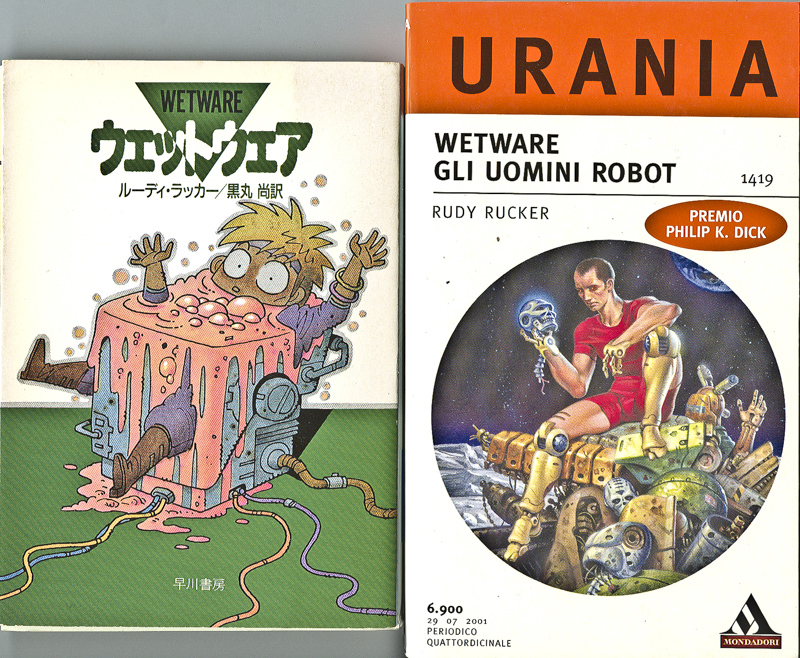
Willy picked his way through a field of inert sun collectors and came upon a small shopping center. The most obvious looting target there would have been the Red Ball liquor/drugstore, but someone had walled up its doors and windows with thick sheets of titaniplast. From the whoops and yee-haws within, it sounded like there were some crazed lowlifes sealed up inside there getting wasted. Nobody was trying to get in. Going in there would have been like jumping into a cage of hungry hyenas.
The dark Winn-Dixie supermarket, on the other hand, was wide open, with a hand-lettered sign saying TAKE WHAT YOU NEED. GOD BLESS YOU. THE LITTLE KIDDERS.
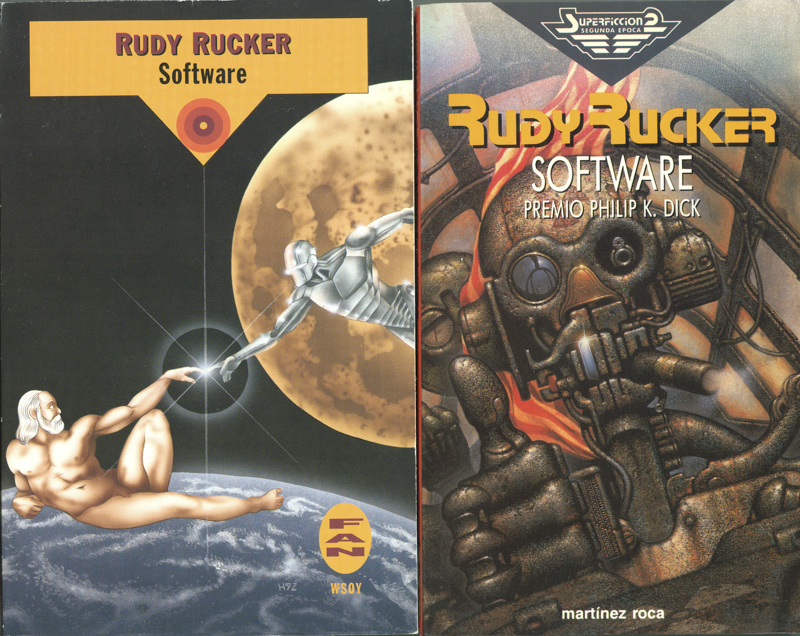
There were an inordinate number of extremely old people filling up their Winn-Dixie shopping carts as high as they would go–Florida pheezers trundling off into the night with their booty. Willy went into the Winn-Dixie and found himself a bottle of Gatorade and a premade deli sandwich: a doughy bun with yellow mustard and vat cheese. The sandwich was mashed and wadded; it was the very last item in the deli case. All the good stuff was long gone.
As Willy left the store, he noticed a tiny old woman struggling to push a grocery cart mountainously piled with fruits, vegetables, and cleaning supplies. One of the cart’s front wheels had gotten stuck in a pothole in the parking lot.
“Can I help you with that, ma’am?” asked Willy in his politest tone.
“You’re not going to try and steal from me, are you?” demanded the silver-haired old woman, staring up at Willy through the thick smudged lenses of her glasses. “I could use help, but not if you’re a robber.”
“How far from here do you live?”
“Forever. Over a mile.”
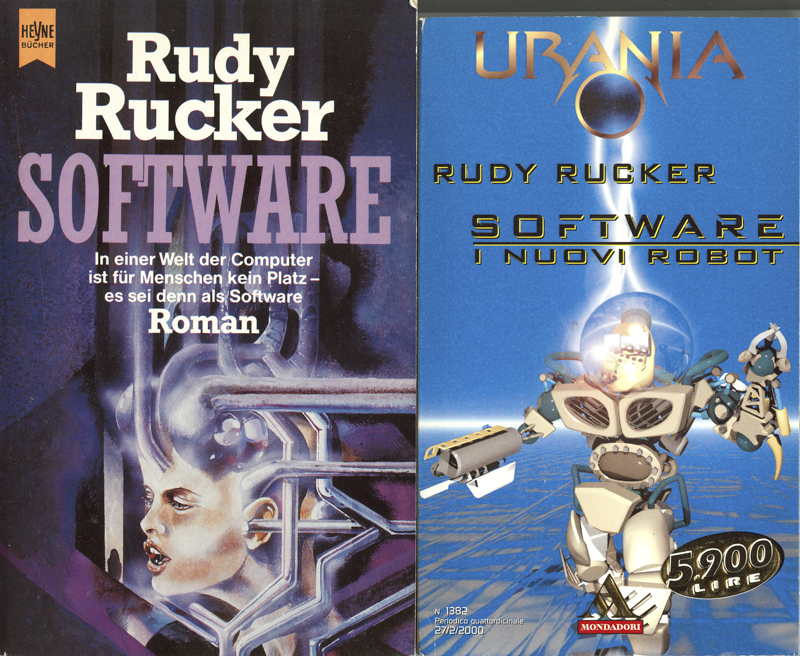
“Look, one reason I want to help you is that I need a place to sleep.”
“I’m not letting any strange men in my house.”
“Do you have a garage?”
“As a matter of fact, I do. But my dog Arf lives in there.”
“I’ll share with him. I need a place to sleep for a few days. You’ll never get all this stuff home if I don’t help you.”
“If you’re going to help me, then I can get more food. Wait right here and don’t let anyone touch my cart.”
“I don’t think it’s very safe to stay around here,” protested Willy. A fight between two old couples had broken out nearby. One of the men was threatening the other with his aluminum cane.
“Don’t worry about those drunk pheezers,” said the old woman. “A strong young man like you. I’ll be right back out.”
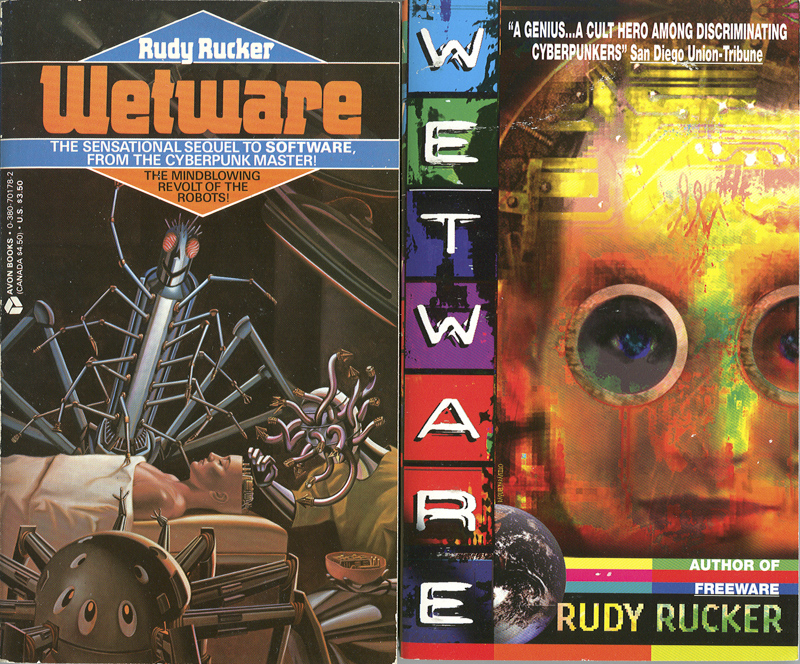
Willy opened his Gatorade and started in on his sandwich. The old woman darted back into Winn-Dixie and emerged fifteen minutes later with another laden cart, this one mostly filled with pots, pans, shampoos, dog biscuits, and ice cream. Pushing at one cart and then the other, Willy headed down the road with her.
[At a transreal level, this is me and my Mom.]









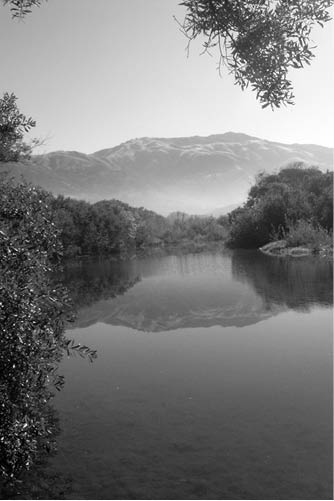
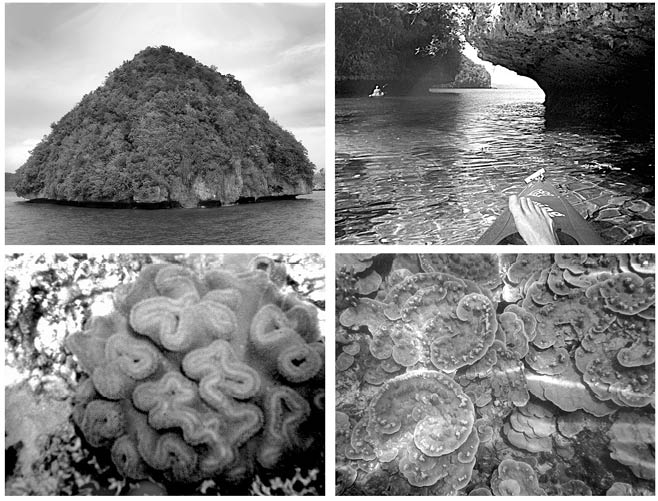
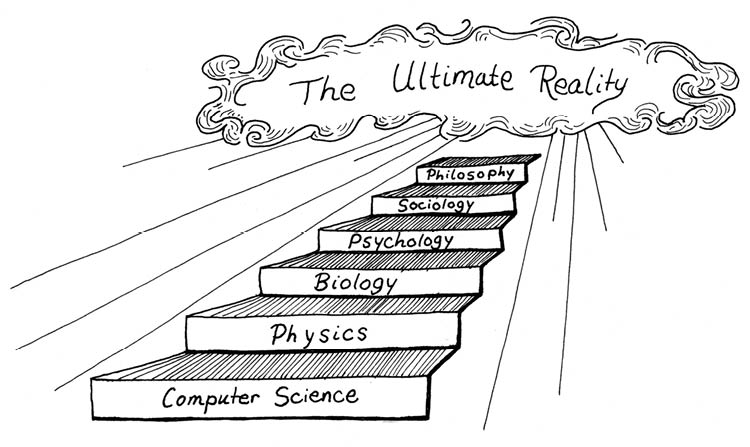 Drawing by Isabel Rucker.
Drawing by Isabel Rucker.